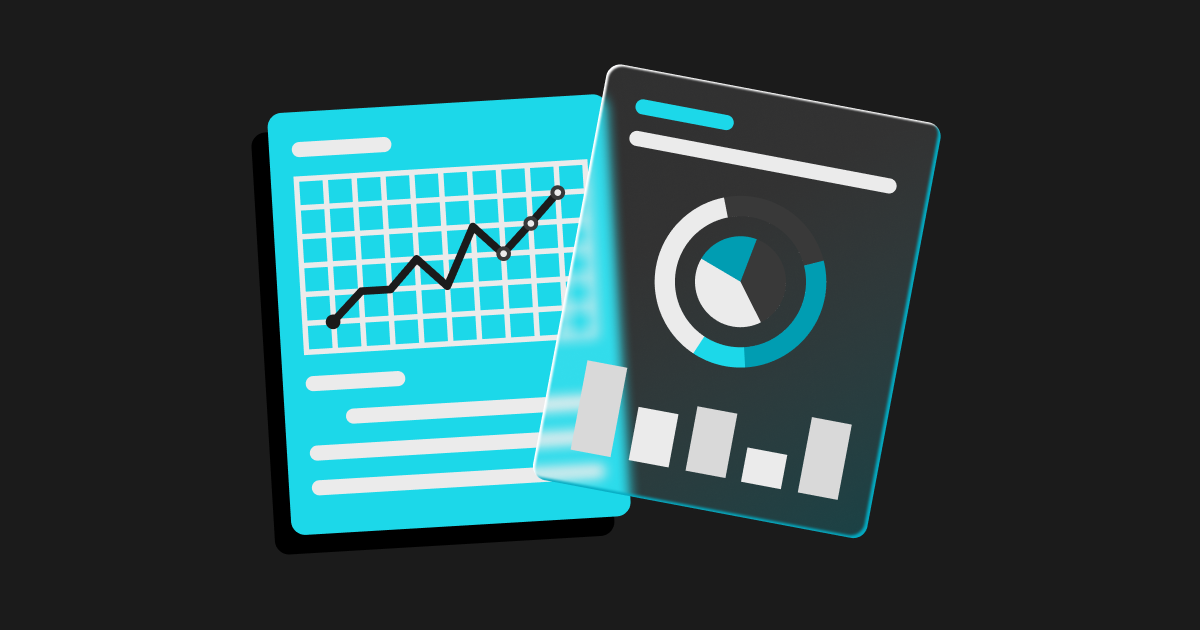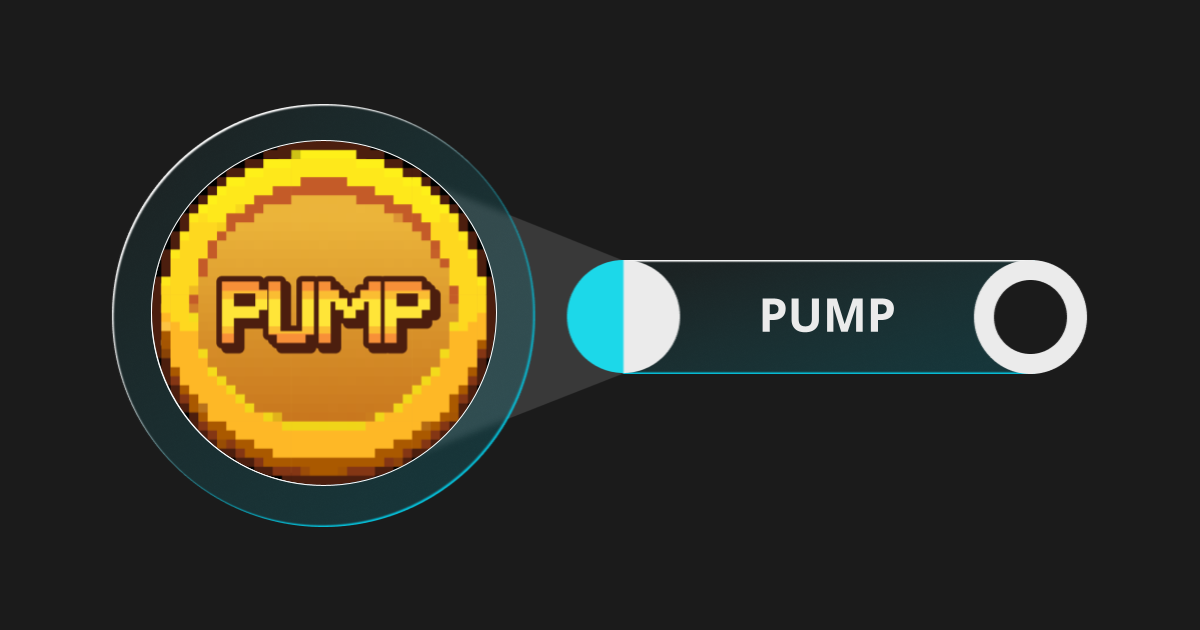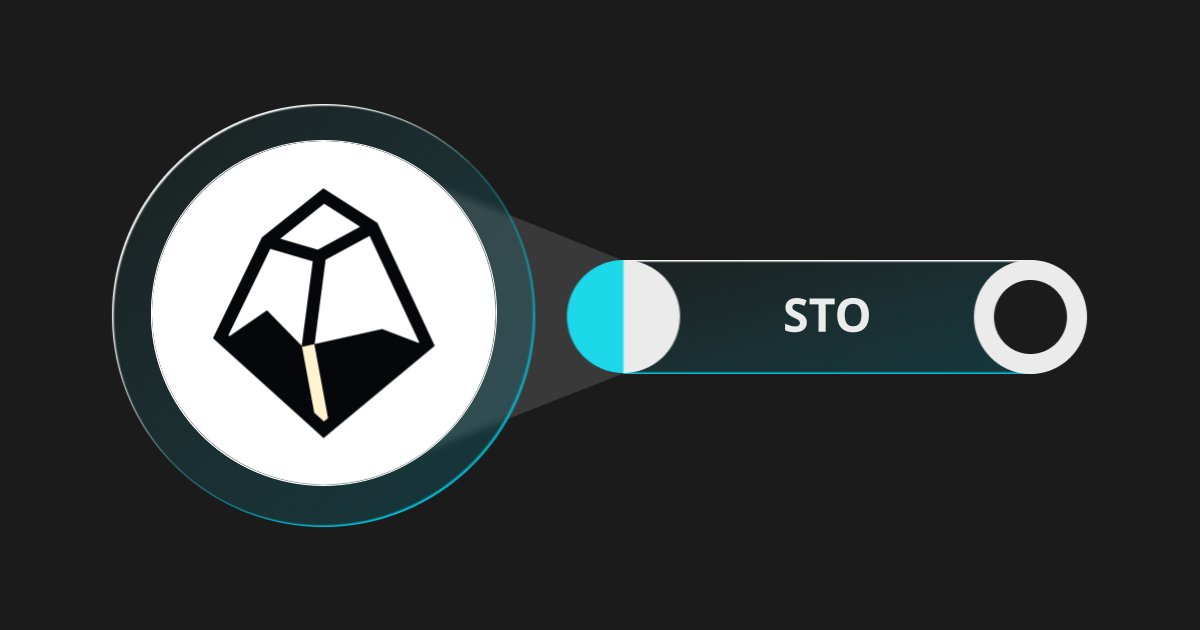
Bitcoin And Big Numbers: How Market Trends And Separators Affect Your Investments
Bitcoin, the flagship cryptocurrency, has once again found itself at the centre of financial discourse as markets struggle with economic uncertainty, inflationary pressures, and shifting monetary policies. After reaching record highs in early 2025, Bitcoin's price movements have been erratic, leading traders and investors to question the sustainability of its current range. With analysts debating the potential for another bull run or an imminent correction, understanding Bitcoin's pricing mechanisms, market influences, and fundamental concepts such as numerical formatting becomes crucial.
Bitcoin Price Movements: Where Are We Now?
As of mid-February 2025, Bitcoin has been trading in a volatile range, fluctuating between $90,000 and $105,000. Market sentiment has been wavering between optimism and caution, with factors such as Federal Reserve policies, macroeconomic conditions, and geopolitical tensions influencing price action. Analysts have pointed to three key themes shaping Bitcoin's trajectory:
● Interest rate speculations: The Federal Reserve's decision to halt further rate cuts due to persistent inflation has led to a shift in market expectations. With inflation stubbornly above the 2% target, the likelihood of a prolonged period of high interest rates has made speculative assets like Bitcoin more vulnerable to corrections.
● Institutional demand and accumulation: While some whales have been taking profits, institutional investors continue to accumulate BTC to bet on its long-term appreciation. The growing interest in Bitcoin exchange-traded funds (ETFs) and corporate treasury allocations has provided a foundation for sustained demand.
● Market psychology and retail participation: The Crypto Fear & Greed Index currently sits in a neutral zone, reflecting an indecisive market. Retail traders, who were highly active during Bitcoin’s previous rallies, remain cautious, waiting for a clear breakout before committing fresh capital.

Source: Crypto Fear & Greed Index (as of February 17, 2025)
Decimal And Thousands Separators Explained
If you've ever stared at a Bitcoin price chart and been confused by dots, commas, and weird-looking numbers, you're not alone. Understanding how numbers are formatted in different countries is essential when dealing with Bitcoin prices, especially in an international market.
What are Decimal and Thousands Separators?
When numbers get big (like Bitcoin prices) or small (like Satoshis, Bitcoin's smallest unit), we need a way to make them readable. This is where decimal separators (to separate whole numbers from fractions) and thousands separators (to break up large numbers into chunks) come in.
1. The British/International system:
In the United Kingdom, the United States, Canada, and most English-speaking countries, we use:
● A full stop (.) as the decimal separator – This means that £12.50 means twelve pounds and fifty pence. Likewise, $10,000.50 means ten thousand dollars and fifty cents.
● A comma (,) as the thousands separator – This helps break large numbers into readable chunks. For example, instead of writing 10000, we write $10,000, making it much easier to read.
2. The European/Continental system:
Some European and Latin American countries flip this around:
● A comma (,) is used as the decimal separator – So, instead of $10,000.50, they would write $10.000,50.
● A full stop (.) is used as the thousands separator – Instead of $10,000, they write $10.000.
3. The Indian numbering system:
India follows a unique system that groups digits differently:
● Lakh (1,00,000) and Crore (1,00,00,000) are used instead of millions and billions.
● Commas are placed differently – For example, ₹10,00,000 represents ten lakh (one million), and ₹1,00,00,000 represents one crore (ten million).
4. The SI (International system of Units) standard:
The SI system, commonly used in scientific and financial documents, follows a slightly different approach:
● A thin space is used as the thousands separator – Example: 10 000.50 instead of 10,000.50.
● A full stop is used for decimals, similar to the British/International system.
5. The East Asian numbering system (used in China, Japan, and Korea):
China, Japan, and Korea use a different system based on the myriad grouping (every 10,000 instead of every 1,000):
● Instead of grouping by thousands, they group by ten thousand (wan/万 in Chinese and Japanese, 만 in Korean).
● Instead of 100,000, they write 10万 (meaning ten ten-thousands).
● Instead of 1,000,000, they write 100万.
● Decimals are marked with a dot (.), but large numbers are grouped based on ten thousand.
● Examples:
○ 10,000 → 1万
○ 100,000 → 10万
○ 1,000,000 → 100万
○ 10,000,000 → 1,000万
6. Currency symbols and their meaning:
The $ symbol is commonly used to represent US dollars (USD) by default, especially in financial markets, trading platforms, and global discussions about Bitcoin. However, several other currencies also use the $ sign, such as Canadian dollars (CAD), Australian dollars (AUD), Singapore dollars (SGD), and Hong Kong dollars (HKD). When referring to these currencies, they are usually specified with their respective abbreviations to avoid confusion (e.g., C$10,000 for Canadian dollars or A$10,000 for Australian dollars).
7. What about Bitcoin exchanges?
Crypto trading platforms and financial markets mostly follow the British/American system, meaning you’ll see:
● Bitcoin priced at $96,450.75, meaning ninety-six thousand, four hundred and fifty dollars and seventy-five cents.
● Smaller denominations displayed as $0.000450, meaning four hundred and fifty thousandths of a dollar.
Most cryptocurrency exchanges use $ to refer to US dollars (USD) by default as the broader market recognises it as the universal fiat currency for trading pairs, unless explicitly stated otherwise.

Source: Bitget Spot Trading
Why This Matters
When trading or investing in Bitcoin, using the wrong separator can lead to costly mistakes. Imagine wanting to send $10,000 (ten thousand dollars) but mistakenly entering $10.000 (ten point zero dollars) instead—ouch!
Quick recap:
● UK/US/International System: $10,000.50 (comma for thousands, full stop for decimals)
● European/Continental System: $10.000,50 (full stop for thousands, comma for decimals)
● Indian System: ₹10,00,000 (comma placement for lakh/crore)
● SI Standard: 10 000.50 (thin space for thousands, full stop for decimals)
● East Asian System: 10万 (grouped in tens of thousands)
● Prices on crypto exchanges are shown with the symbol $ for USD, unless otherwise specified.
Now you know! No more excuses.
What's Next For Bitcoin?
While Bitcoin's price movements remain uncertain, long-term indicators suggest that institutional demand and macroeconomic shifts will continue to shape the market. As inflation concerns persist and central banks navigate economic challenges, Bitcoin could really emerge as a hedge against traditional financial instability.
For now, whether Bitcoin is headed for $102,000 or $88,000, the best strategy remains the same: stay informed, think critically, and always double-check your numbers.

- When Does a Crypto Bull Run Typically End?2025-04-01 | 10m


